It's 70 years since Picasso came to Sheffield for talks on world peace – and left behind his famous drawing of a dove
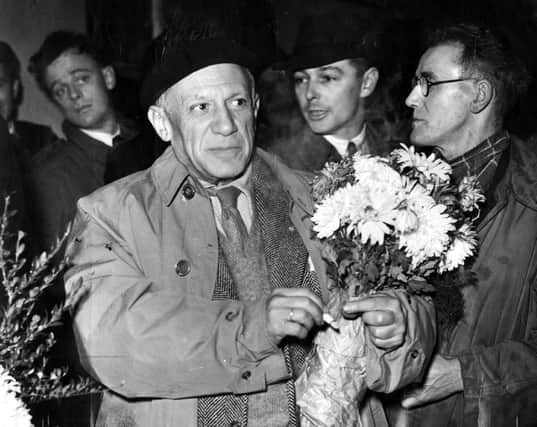

The pioneering Spanish painter was greeted with a bunch of flowers when he disembarked from his carriage in November 1950. He was caught on camera holding the blooms while wearing a smart beret and a raincoat – what is less well-known is that, moments later, he was sheepishly asked to hand the flowers back as they were needed to welcome other guests.
Thousands of officials from around the globe were invited to Sheffield to make a plan for global harmony at the World Peace Congress from November 13 to 19. However, the UK Government refused visa entries for hundreds of people fearing it would cause unrest in the industrial city.
Advertisement
Hide AdAdvertisement
Hide AdAngela Martin, of Sheffield Creative Action for Peace, said: “Sheffield went all out to prepare for the Congress despite the destruction left by World War Two and the fact rationing was still in place.”
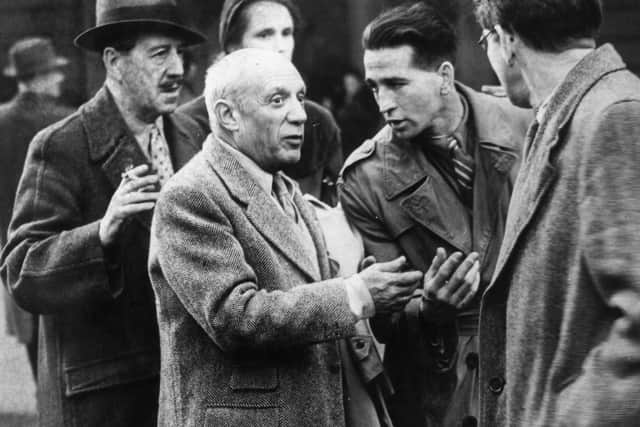

A marquee big enough to allow 1,700 people to sit down and eat together was erected on a bombsite at West Bar, with flooring, plumbing and gas stoves. It cost £4,000 then - equal to £138,000 today.
In the City Hall, 2,845 pairs of earphones were temporarily installed to allow the translation of speeches into six languages.
Accommodation had been found, mostly in Leeds hotels, and 64 coaches booked for the 90-minute journey there and back. Most of this preparation was done by volunteers.
However, the Government had other ideas.
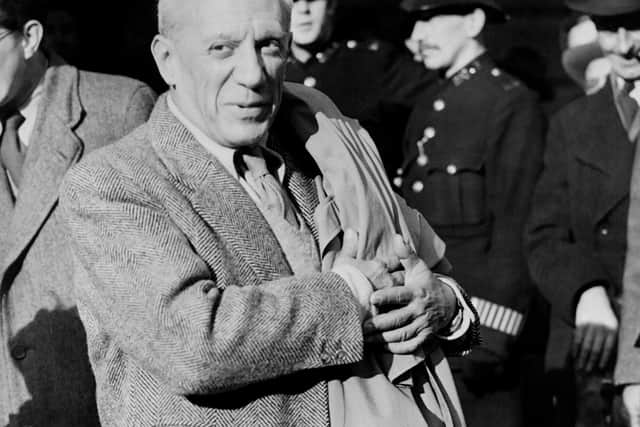

Advertisement
Hide AdAdvertisement
Hide AdTheir decision to undermine the Congress by refusing visas to most of the delegates seems to have come from a fear of its assumed trouble-making in this large industrial city.
"That fear needs to be seen in the context of the time,” explained Angela. “In 1950, five years after the end of the Second World War, including, of course, the considerable damage to Sheffield, the world’s people were hungry for peace.”
Despite the League of Nations being set up in 1920 – following the end of the First World War in 1918 and the Paris Peace Conference in January 1919 – its Covenant of Peace did not prevent armed conflict, and in 1946 its powers and functions were transferred to the newly formed United Nations.
Whatever their achievements, neither had been able to achieve or sustain peace, said Angela, and the wars with Germany and Japan had resulted in millions of deaths.
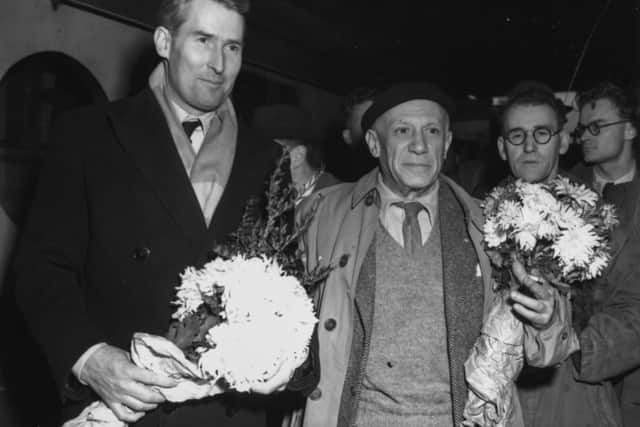

Advertisement
Hide AdAdvertisement
Hide AdMany recognised the tragic irony that the US atomic bombing of Hiroshima and Nagasaki, which killed 180,000 people, was supposedly ‘the only way to end’ the war, she said.
And in 1950 there was the threat of yet more war, this time in Korea, and there was growing hostility between America and Russia – hostility which was leading to the Cold War with its tensions between East and West.
"This might explain the British Government’s hostility to the second congress being held in Sheffield,” Angela said. “It was convinced that the expected ‘aliens’ - the delegates to the Congress - could foment revolution amongst the huge workforce of steel workers and miners. Refusing visas to enter the country was the only legal way to prevent it."
The much-depleted event took place nevertheless, and Picasso was the star. He’d arrived at a station surrounded by streets of tiny terraced houses, frequently covered in industrial smog, and was met by trade unionists Bill Ronksley and Bas Barker.
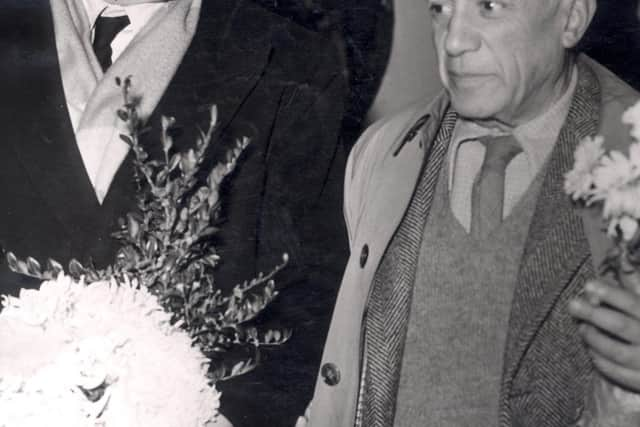

Advertisement
Hide AdAdvertisement
Hide AdHe left behind his Dove of Peace drawing, of which he made two on napkins – one in Butler’s Dining Rooms on Brook Hill, and the other while returning to London. He gave the latter to the bodyguard who accompanied him around Sheffield, and the sketch is now part of Museums Sheffield’s collection.
In the end, the second Congress reconvened, moved fairly quickly to Warsaw in Poland where there was more support for its aims and a full and official welcome.
And Bas Barker, a lifelong member of the Communist Party of Great Britain, considered ‘dangerous’ at the time, was granted, many years later, the Freedom of the Borough of Chesterfield for his services to the town.
Angela added: “This is an important part of Sheffield’s history and of the continuing need for an active governmental Commitment to world peace without arms sales or destructive weaponry.
Advertisement
Hide AdAdvertisement
Hide Ad"Sheffield Creative Action for Peace plans to mount a more public commemoration of this 1950 event, next year, when we will hopefully be out of lockdown and we would love to hear about any personal or family memories, stories, memorabilia you may have of the planning of the Congress, its truncated meeting – and, of course, about Picasso and his doves.”
Anyone with information they want to share should contact [email protected] or [email protected] via email.
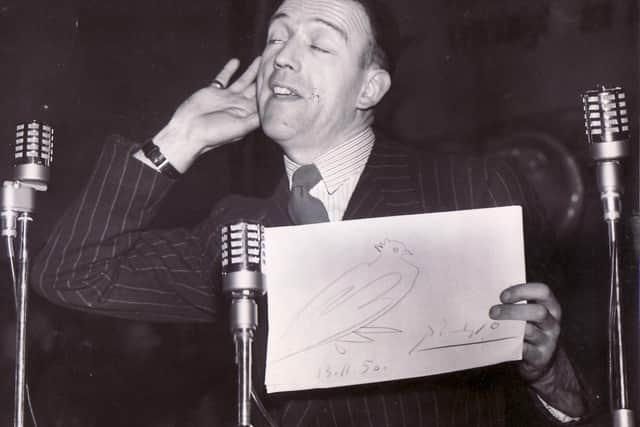

A message from the Editor:
Thank you to all who support local journalism with a digital or print subscription to The Star. The events of 2020 mean trusted, local journalism is more reliant than ever on your support. We couldn't do it without you. Subscribe here www.thestar.co.uk/subscriptions so we can keep campaigning on your behalf. Stay safe.